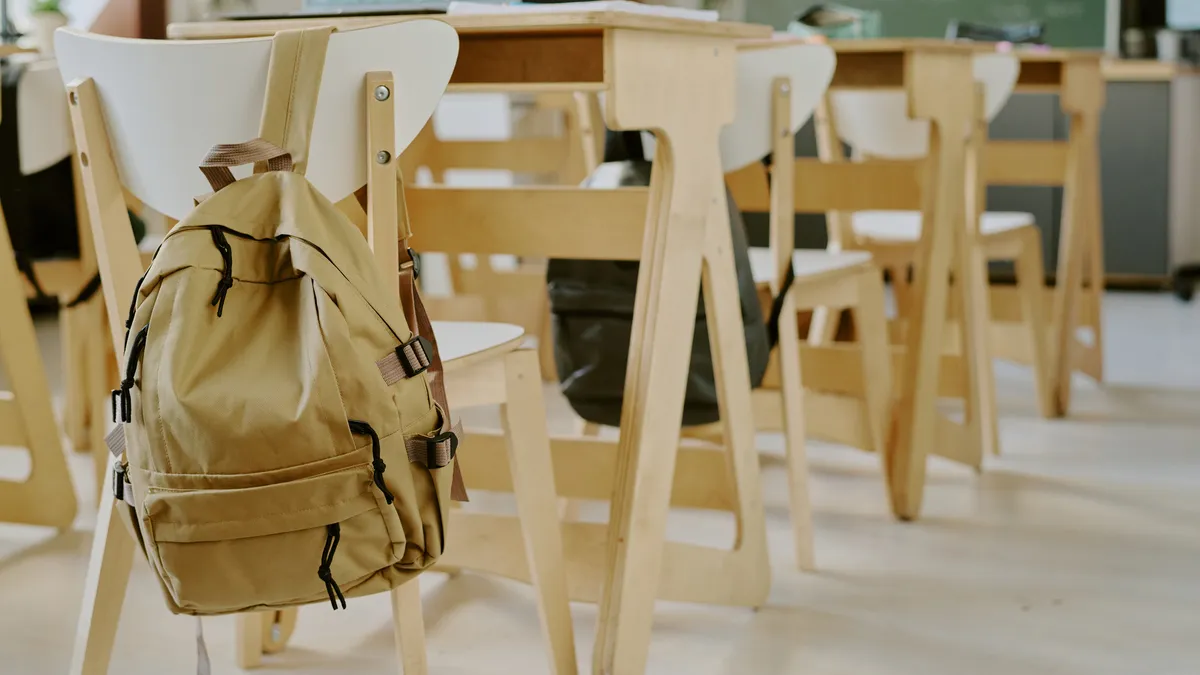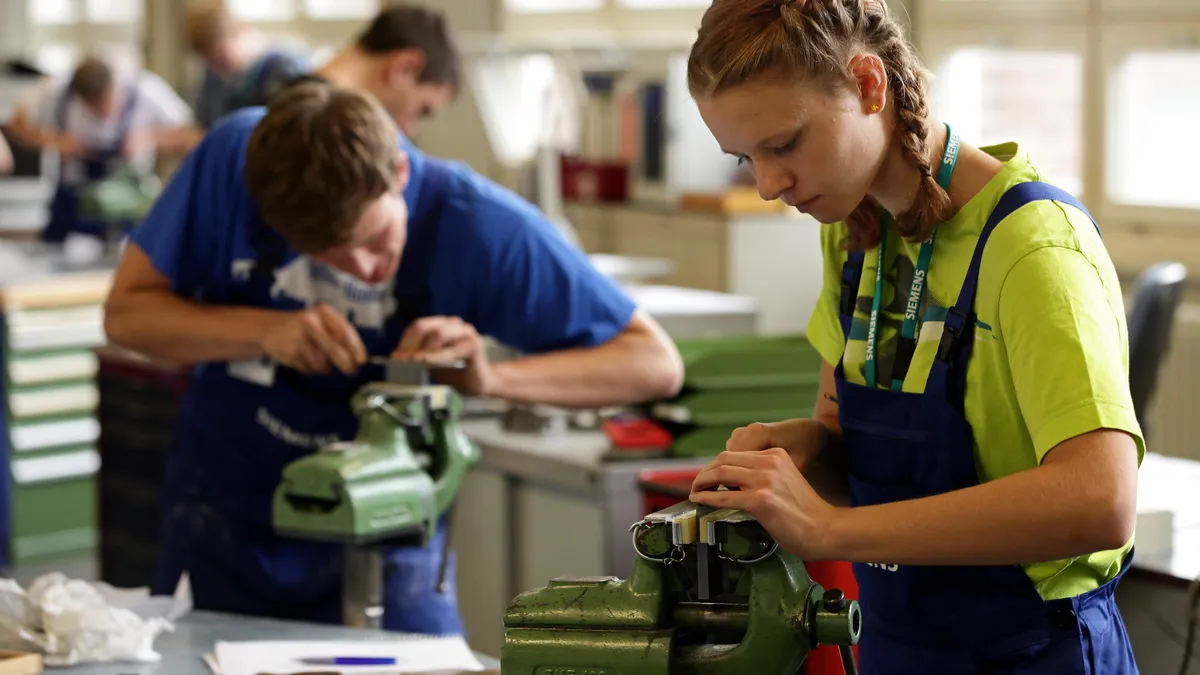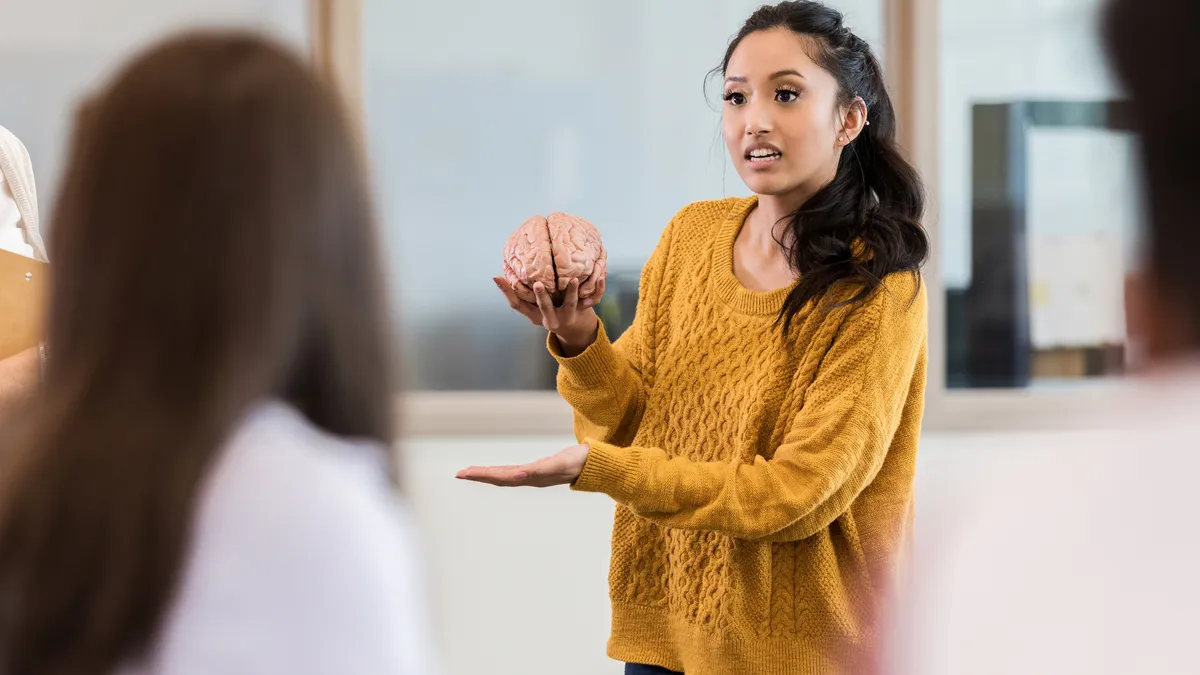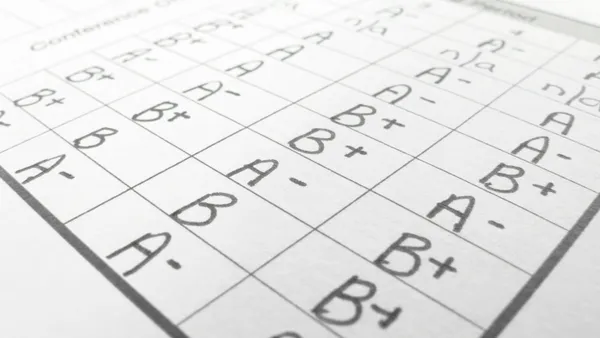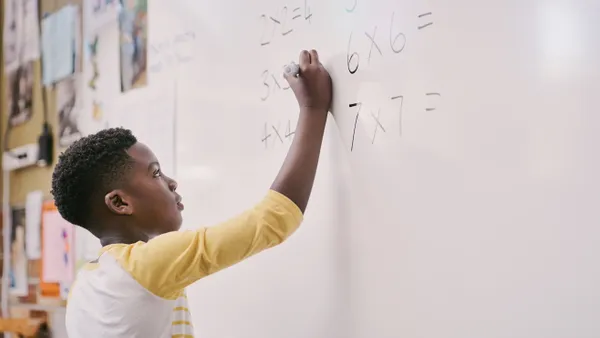As the coronavirus pandemic unfolds, flexible educators have been able to give some students the opportunity to learn about it in real time as part of remote classes.
"We wanted them to understand and help educate them [about] what’s going on," said Patricia Friedrichsen, professor of science education at the University of Missouri in the Department of Learning, Teaching and Curriculum. She is part of a team that co-designed COVID-19 instructional materials being piloted in five Missouri high schools. "We thought that we could help them cope better."
The instructional materials are incorporated in different subject areas including biology and English, and analyze the pandemic through scientific, economic, cultural and historical lenses. Activities explore viral transmission and exponential growth, simulate the impact of social distancing on infection rates, contextualize the pandemic alongside socioeconomic and policy issues, and even include a media literacy component to help students understand misinformation and identify trustworthy news sources.
Is now the time to teach about COVID-19?
Prior to implementation, teachers had reservations about the materials. "Some of the teachers were concerned when we broached this idea, saying this was a very stressful time," Friedrichsen explained. So the team brought on a pediatric psychiatrist.
"We learned that education is the best way to go. Avoiding the situation rarely improves it," she said.
Rhiannon McKee, a teacher at Jefferson City High School in Missouri who co-teaches a 10th grade biology and literature course, only dove into the curriculum after putting out a survey to "dip a toe in the water" about how students were feeling.
The curriculum is also coupled with weekly one-on-one check-ins where students can express if they are feeling overwhelmed and need alternative assignments, McKee said. For the most part, her students haven't pushed back and "wanted to understand [the virus] out of fear and excitement."
But as the curriculum continues, she's keeping an eye out for fatigue.
Teaching COVID-19 as a socio-scientific issue
The approach adopted by Friedrichsen and her team is also applied to a broader range of topics classified as socio-scientific issues, or topics that "can’t be solved by the science alone" and must be put into broader context as they relate to other subject areas. Other topics that fit into the SSI model and are used to frame units include sometimes controversial issues like climate change, vaping and antibiotic resistance.
The units typically tie back to the issue at hand and ask students to formulate and defend an opinion or policy position.
"Students are asked to do when they leave high school — when they’re adults and they’re voting, but we teach students in isolation and don’t teach them the effects," Friedrichsen said. "We’re trying to broaden that and have them take on multiple perspectives. This is what informed citizens should do."
This approach comes against a backdrop of the growing push to prepare students to be civic minded and critical thinkers instead of relying on rote memorization, and Friedrichsen said teachers who use it tend to find students are more engaged.
The team hopes to create a larger SSI-based module by 2021 using COVID-19 as the curricular anchor. But for now, teachers are encouraged to use individual activities as they see fit throughout their classes.
Making the issue student-centered
As with other politically charged topics, Friedrichsen acknowledges incorporating COVID-19 into curriculum and asking students to formulate opinions could turn heated. "This is not an approach that works in a very traditional, teacher-centered classroom," she said.
The material would lend itself best in settings where teachers have built strong relationships with their students, often welcome opinions, and are student-centered in their approach, she added.
"The kids want to talk about it," McKee said, and so much so that she had to make the virus a regular part of her instructional day before schools closed. So far, the media literacy lens has helped students parse through and evaluate information about the virus.
Next, her students will engage with a simulation allowing them to manipulate variables regarding social distancing and transmission rates as a way to help them understand the logic behind "flattening the curve."
"We also thought that would be a good tool to process what they’re dealing with right now. It’s really difficult for teenagers," she said. "That was a way to explain to them: This is why you’re doing this."







 Dive Awards
Dive Awards





